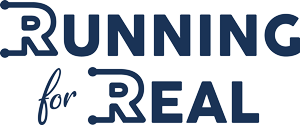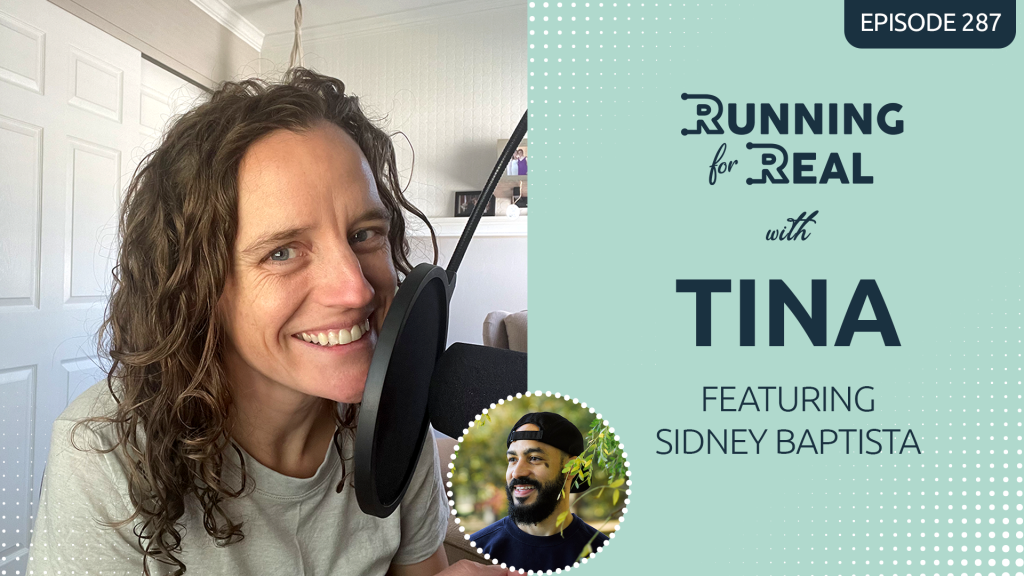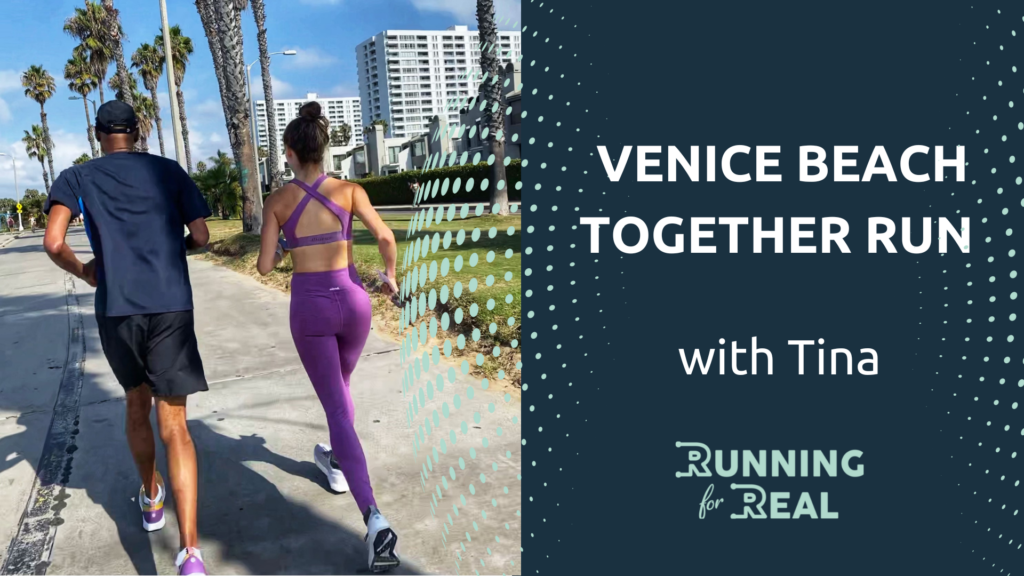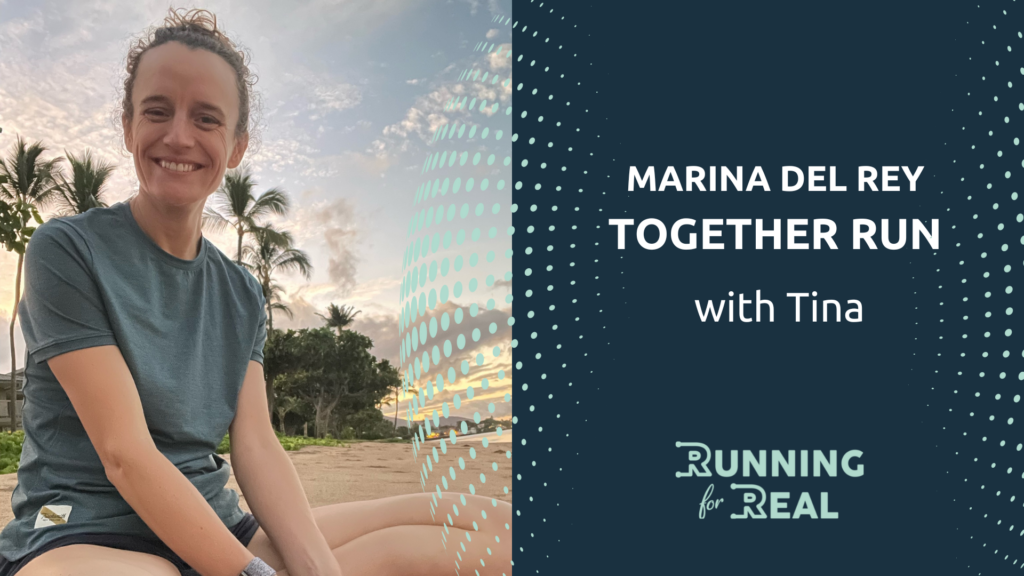David Roche smashed the 19-year-old course record at the Leadville Trail 100 Run this year. It was the first time that he’d run 100 miles, and even more incredibly, only months after a very different kind of smash. In April, while riding his bike, he was hit by a car and thrown 100 feet through the air and into a ditch, sustaining lacerations, a broken wrist, and a concussion. Far from derailing his training and aspirations, the accident intensified his motivation.
Listen to the Running for Real podcast here:
Apple (iTunes) Podcast | Sticher | Castbox | Overcast | Spotify | Google Play | iHeartradio |
Leadville had captured David’s imagination even before he began running. “When I first heard about trail running and first heard about running, really, I came into it not with the collegiate background or the high school background. I was reading blogs about the Leadville 100 and later on it was the book Born to Run, that everybody else read too. It seemed totally unthinkable to me to ever consider anything like this. When I first read about Leadville in 2006, I was having trouble running a mile in New York City, after I had quit college football. It was just something that captured my imagination, of people doing this in the mountains, in the same way that track running captures my imagination, or football captures my imagination, like an amazing athlete of any type.
“And so when I decided that maybe I am ready to try something like this, I wanted to do it at the place that really lit the fire for me way back in the day when it felt unthinkable. So even though the race itself might not necessarily have the competitive luster of some of the other races in trail running right now, that history, and that legacy, and that beauty of the natural world there, is so overpoweringly motivating. And that’s the energy I wanted to take into my first foray into this distance.”
While he hadn’t run the Leadville 100 before, David was well acquainted with the terrain. “I did the Leadville Marathon. It was my first ever marathon, and I DNF’d hard at mile 15. So I have a lot of built up knowledge over time about the difficulty of this, the immensity of it, and just kind of a respect for the mountain. So to me, Leadville has never felt like a number on a piece of paper or a race to check off a box. It’s felt like this wildly cool and basically impossible goal. And that’s certainly how it felt earlier this year when I decided, you know what, that course record that everyone says is unbreakable, maybe it is breakable and maybe I could be the person to do it.”
There was nothing in David’s racing history to suggest that he would be the one to achieve that feat. “It’s not like I had a ton of success moving up in distance. I always say my physiology is geared to a mile, and my fatigue resistance is poor. My first 100K was just last year, and I suffered so bad and it was so wild. I was so proud of myself for finishing, and something fundamentally changed in my physiology after that, where I realized that this thing that people call the pain cave is not pain. It’s not about discomfort. It’s about accepting that if you just keep moving forward and love that space, learn to accept that space, everybody can do this stuff. And it’s open to everybody.
“When I stepped up at the hundred, I was so intimidated and reminded of being 20 years old and driving from the town of Leadville through the Twin Lakes on the way to Aspen – Twin Lakes is at mile 37 of the race – and thinking, how do people run this far? As of a year ago, I had never run that far in my life, even to Twin Lakes, let alone all the way there and back. And the cool thing about actually stepping up and doing one of these is you learn what the founder of Leadville, Ken Chlouber, says, that your body is capable of so much more than you could ever know.
“For me, I found so much solace in the fact that everyone else is out there doing it. I never look at the pros, even the pros I coach, as the people whose experiences I want to emulate. What I like to look at is the people that are struggling to find cutoffs, because that to me is exactly the same experience I’m out there for. I’m signed up for this hundred specifically because it’s going to tear me down to bones and gristle, tear away all the artifice. And then I get to see, man, what am I really capable of out there? That’s what I wanted. I wanted that rough experience. And sometimes you just got to tear off the Bandaid and go for it.”
The bike accident provided additional impetus to give the race his all. “To give a perspective on how serious this accident must’ve looked from the outside, three fire departments responded to it. Like, they probably weren’t expecting to see someone that was doing pretty okay in the big scheme of things.” He was back to running within a week, but although his physical injuries mended quickly, the psychological trauma remained.
“The aftermath of the accident was essentially the long road to recovery that happens, especially with head injuries, where my mental health was not great for a while. I was reminded of Bo Burnham’s amazing Netflix special, Inside, where it’s all about mental health, and I listened to that so many times in my recovery, where he’s like, “I feel like s**t, a big old massive sack of s**t.” Because that’s how I felt. But coming out the other end, I was able to open up a little bit about the mental health part of it on our podcast and think about this stuff a little bit more deeply. And it drew me home to the impermanence of it all.
“I was able to ground myself in gratitude because I was very lucky. I never want to say an accident was important because there are people that go through trauma where there is no silver lining, but I do think that there is something about these types of things leading to breakthroughs that we don’t fully understand. I was like, “I’m doing this for the part of me that never left that ditch.” And there’s definitely a part of me that never left that ditch. I know that. I feel that even now my brain is not where it was. But I was out there to experience the pain cave for that part of me, like that bit that was left on the fence.
“It would be too much of a coincidence for Leadville, which in the context of my career, I’ve had good races, but there’s a reason that after the fact, I read commentators saying, ‘This is unthinkable. This should only happen by the very best of all time.’ And I’m like, well, if they’re right, which who am I to say they’re not, I’d be remiss not to say maybe it is connected to the accident in ways I can’t even understand. I’m centering on the emotional side of it, but maybe it’s also physical, in the sense that sometimes you need these schisms in your physical process to have whatever grows back fully express itself.”
David is known for his upbeat attitude, so it isn’t surprising that he has been able to take away something positive from the accident. The reasons behind his outlook, however, may be. “When you really delve down to it, the reason I try to be like this, it is not a baseline setting. I’m the introverted self-doubting kid still, that was the heaviest in my class and all that stuff. It’s that I felt this deep uncertainty about existence from a very young age, and I read all these books about life and death and all of this stuff, and from there I was like, other people are probably scared just like I am. And maybe a way to make it less scary for them and also lift myself up a little bit, is to try to be that light, just slightly.
“And I’ve come to peace with the fact that people are going to view it as being simplistic. I’m fine with that; people that know me know that that’s not the case. And the accident kind of just confirms my priors. We all die. It’s all impermanent. Shit’s going to hell in a handbasket, and not in a bad way; in a way like that’s just what happens when you zoom out far enough. And that’s beauty, right? Impermanence is beauty, but also to me, it makes me want to double down on those things.”
For David, running is the perfect vehicle for doubling down on discovering what we are capable of. “If you’re probing the limits, which is the whole point of this sport, even for someone that’s doing five miles a week, you are still probing your limits, and I want to see what happens at six. And if you see what happens at six after you’ve been doing five, guess what? You might end up on the sidelines with a Haglund’s surgery or whatever. God forbid you’re doing big training and then you go up to your first hundred miler or who knows what might happen.
“But the whole point of this is that we can experience life through athletics in this setting where the stakes feel quite high, but that is not life and death, and we can put that amount of soul and passion into it. And in that, we gain so much power to understand our existence, and to lift others up in that process. If the goal of athletics is to do, hopefully, what I did at Leadville, to show shooting your shot matters, then shooting your shot in an athletic life is going to be nonlinear because if it’s not, you’re not actually shooting a shot, you’re just playing the safe game. And this is not the part of life to play the safe game.”
Photo credit: Cody Bare
Resources:
Thank you to Tracksmith, Precision, and Runna for sponsoring this episode.

Tracksmith is an independent running brand inspired by a deep love of the sport. For years the brand has elevated running wear using best-in-class materials and timeless silhouettes that perform at the highest level and can be worn everyday, not just for running.
Tracksmith helps the environment by making comfortable, durable clothes that will last for years, rather than winding up in the landfill. They help athletes who are trying to make the Olympic trials, and they offer scholarships for creatives to work on their crafts.
If you’re a new customer, go here and use the code TINANEW at checkout to get $15 off your order of $75 or more. Returning customers can use the code TINAGIVE, and Tracksmith will give you free shipping and donate 5% of your order to TrackGirlz.
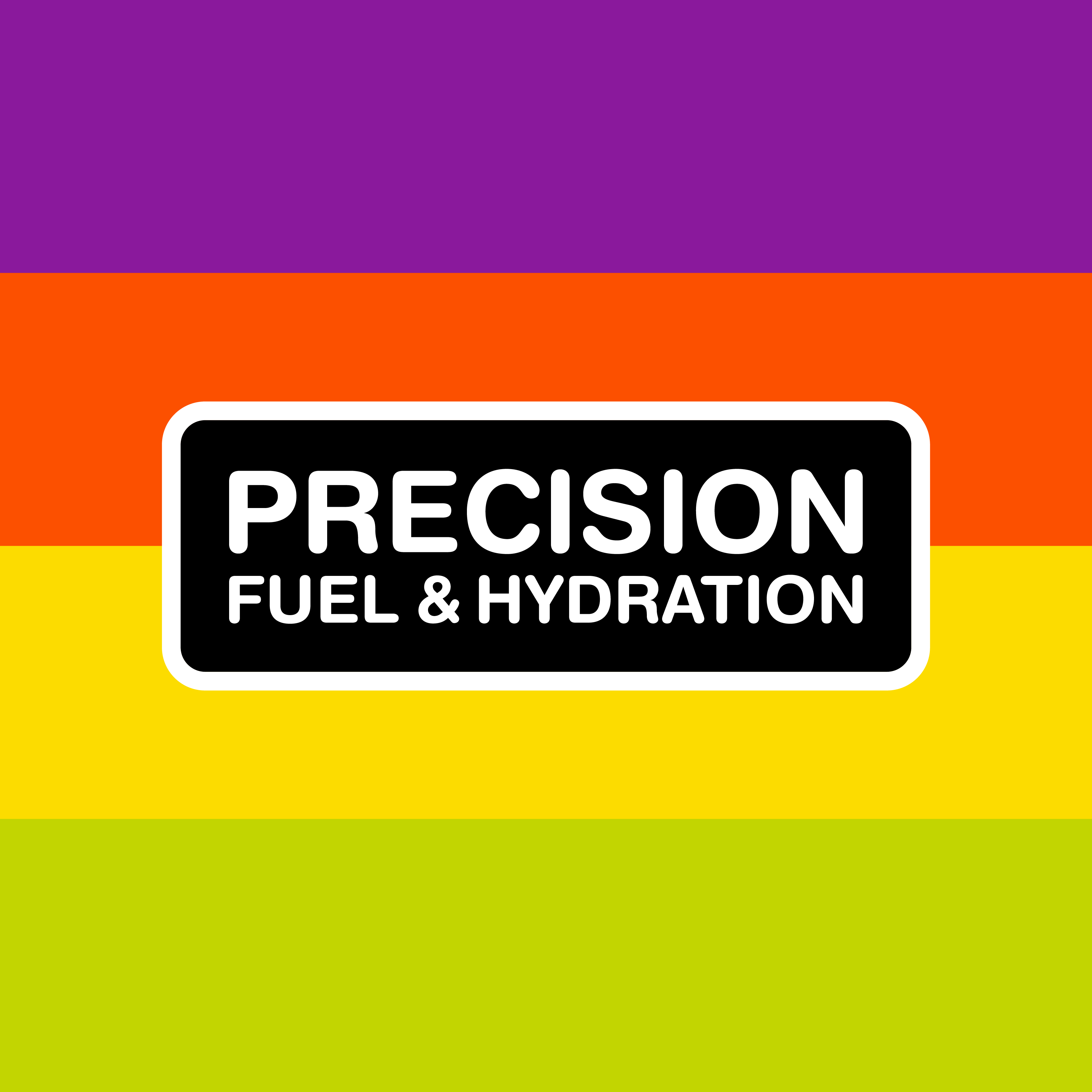
Precision Fuel & Hydration helps athletes crush their fueling and hydration so they can perform at their best. Tina used their electrolytes and fuel when she finished first female and third overall at the Bryce Canyon 50 Miler. You can use their free Fuel & Hydration planner to understand how much carb, fluid, and sodium you need for your key runs.
If you have more questions, Precision offers free video consultations. Their Athlete Support crew will answer your race nutrition questions and act as a sounding board for your fueling strategy. No hard-sell, just an experienced and friendly human who knows the science and is full of practical advice on how to nail your race nutrition. You can book a call here.
Once you know what you need to run your best, you can go here to get 15% off their range of multi-strength electrolytes and fuel.

Runna is on a mission to make running as easy, effective and enjoyable as possible by providing personalized running plans built by Olympic athletes and expert coaches. They have plans for runners of all abilities, from Couch to 5K to elite level, and offer strength, mobility, and Pilates plans to integrate with your running. They even have a community section on the app, where you can connect with like-minded runners.
There’s a reason why they’re the #1 rated running app in the world – go here and use code RUNNINGFORREAL to get two weeks free!
Thanks for listening!
If you haven’t already, be sure to subscribe on Apple, Spotify, iHeart, YouTube, or wherever you get your podcasts. And if you enjoy Running for Real, please leave us a review!
Keep up with what’s going on at Running for Real by signing up for our weekly newsletter.
Join the newsletter
This is not your usual email newsletter. With Tina’s personal reflections and recommendations, suggestions of things to do, thoughts to contemplate, and some updates, this newsletter is one that you’ll WANT to read, not hit “delete” as soon as you see it.
Follow Tina on Instagram, Facebook, and X. You’ll find Running for Real on Instagram too!
Want to be a member of the Running for Real community? Join #Running4Real Superstars on Facebook!
Subscribe to our YouTube channel for additional content, including our RED-S: Realize. Reflect. Recover series of 50+ videos.
Thank you for your support – we appreciate each and every one of you!
